This Is Wonderful.
This is wonderful.
via Phil Plait
More Posts from Smartler and Others

…can you hear me?



Mug-Ception!
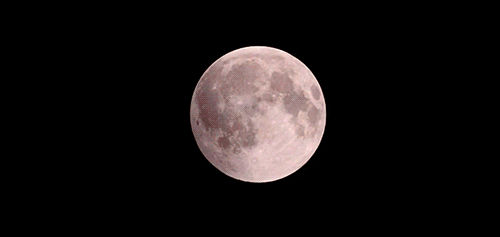
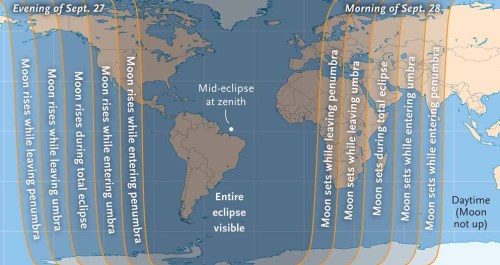
Blood Moon Eclipse after the Sun sets today
If your skies are clear after the Sun sets today, September 27th, be sure to head outside to see the total lunar eclipse. This will mark the end of a “tetrad” of four total lunar eclipses spaced a half year apart that began back in early 2014. It’s the last one visible anywhere until 2018.
The full moon will pass through Earth’s shadow and sunlight scattered by Earth’s atmosphere will cast red colors on it!
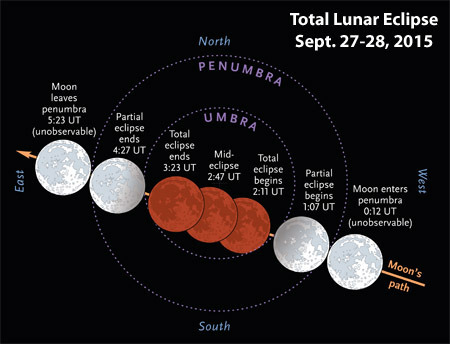
Unlike the lunar eclipse last April 4th which is the gif from, this one will carry the Moon through the umbra — the dark core of Earth’s shadow — for 1 hour and 12 minutes. If the sky isn’t clear then there are different webcasts to see. Find them here and the timeline here




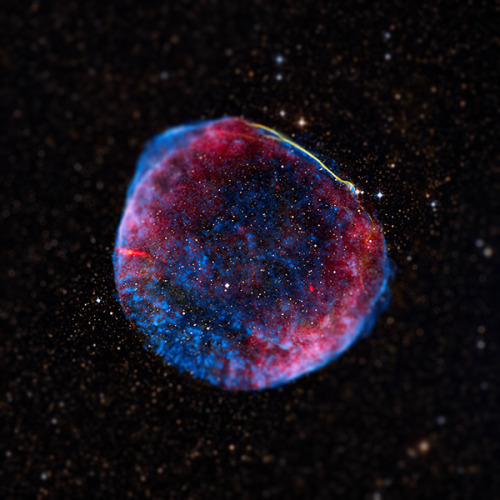
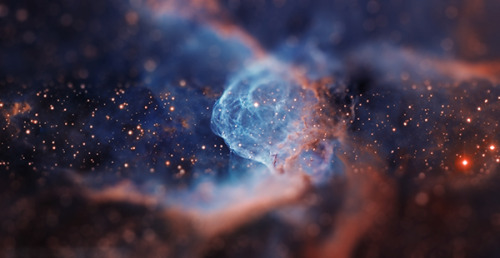
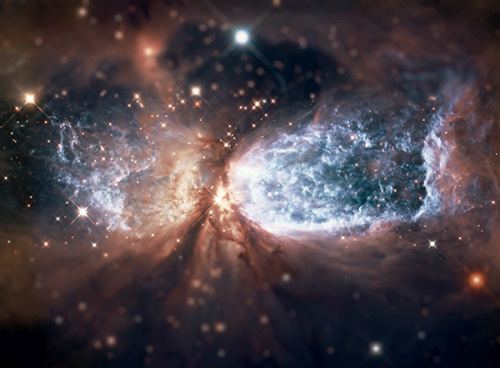
Tilt shift universes by St. Tesla
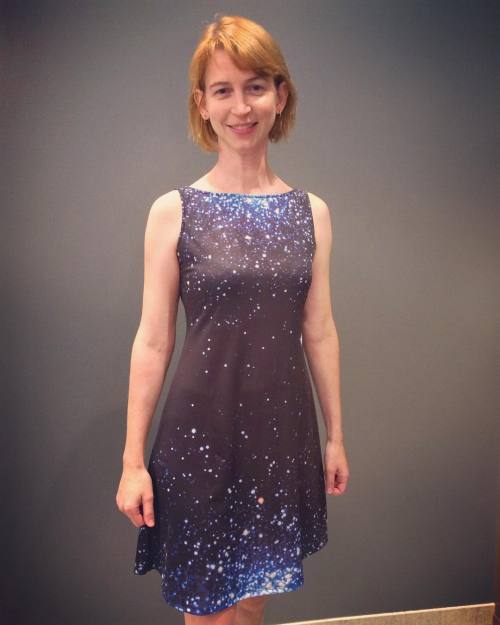
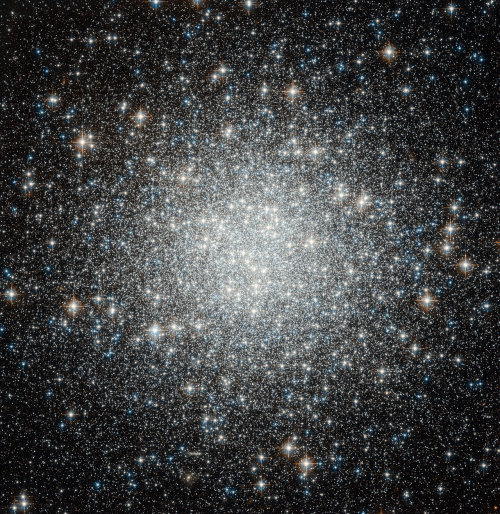


I never thought I’d have competition for the most startorial Emily on the planet, but Emily Lakdawalla, Senior Editor and Planetary Evangelist at the Planetary Society (and the third most followed astronomer on twitter) is bringing it! After winding up with the Fibonacci spiral dress by @shenovafashion, she is dazzling in the super star dress from Belle Neptune, as posted by the Planetary Society on Instagram.
I haven’t identified the source image yet, but I suspect it is a globular cluster, perhaps one with a lot of unusually blue stars like Messier 53.
Watch this space to see Emily’s closest approach (and who she joins forces with) tomorrow!
–Emily




This is the coolest outer space animation ever. It shows the Crab Supernova explosion, happened in 1054, and its evolution into the remnant it is now - called the Crab Nebula. Basically a thousand years speeded up into less than a minute.
Modern understanding that the Crab Nebula was created by a supernova, an explosion of a massive supergiant star, dates to 1921 when Carl Otto Lampland announced he had seen changes in its structure. This eventually led to the conclusion that the creation of the Crab Nebula corresponds to the bright SN 1054 supernova recorded by Chinese astronomers in AD 1054. There is also a 13th-century Japanese reference to an appearance of a new or “guest” star in Meigetsuki. It was then so bright it was visible during the daytime for 23 days.
animation credit: ESA/Hubble (M. Kornmesser & L. L. Christensen)

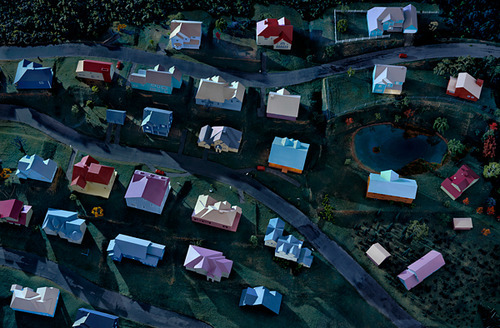
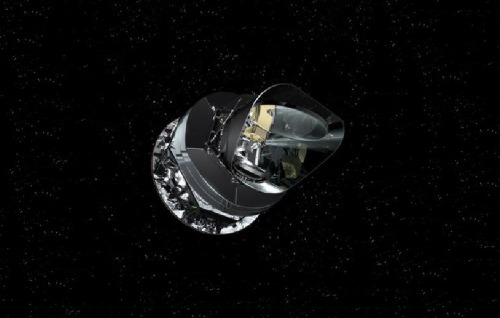
The Planck Spacecraft had a series of various objectives including; hi-res imaging of the CMB, cataloging galaxy clusters, observe gravitational lensing, bright extra-galactic radio and infrared (dusty galaxy) sources. http://astronomyisawesome.com/universe/the-age-of-the-universe/
-
 piedrapapel reblogged this · 3 years ago
piedrapapel reblogged this · 3 years ago -
 piedrapapel liked this · 3 years ago
piedrapapel liked this · 3 years ago -
 lunamoonmond reblogged this · 4 years ago
lunamoonmond reblogged this · 4 years ago -
 visualhigh-7389 reblogged this · 6 years ago
visualhigh-7389 reblogged this · 6 years ago -
 fahlensofia reblogged this · 8 years ago
fahlensofia reblogged this · 8 years ago -
 universumnow reblogged this · 8 years ago
universumnow reblogged this · 8 years ago -
 youremeimyou-main liked this · 8 years ago
youremeimyou-main liked this · 8 years ago -
 eufreaka liked this · 8 years ago
eufreaka liked this · 8 years ago -
 marcomerlo reblogged this · 8 years ago
marcomerlo reblogged this · 8 years ago -
 marcomerlo liked this · 8 years ago
marcomerlo liked this · 8 years ago -
 writer0-5-blog liked this · 8 years ago
writer0-5-blog liked this · 8 years ago -
 brieflyshadowywasteland reblogged this · 8 years ago
brieflyshadowywasteland reblogged this · 8 years ago -
 helladius89-blog liked this · 9 years ago
helladius89-blog liked this · 9 years ago -
 salvatore-alex liked this · 9 years ago
salvatore-alex liked this · 9 years ago -
 zwyldie77-blog reblogged this · 9 years ago
zwyldie77-blog reblogged this · 9 years ago -
 zwyldie77-blog liked this · 9 years ago
zwyldie77-blog liked this · 9 years ago -
 watdofak liked this · 9 years ago
watdofak liked this · 9 years ago -
 janthejutsu liked this · 9 years ago
janthejutsu liked this · 9 years ago -
 carocaromysticalcolour-blog liked this · 9 years ago
carocaromysticalcolour-blog liked this · 9 years ago -
 rantipolei liked this · 9 years ago
rantipolei liked this · 9 years ago -
 unicorn-bubblegum liked this · 9 years ago
unicorn-bubblegum liked this · 9 years ago -
 nadias-universe reblogged this · 9 years ago
nadias-universe reblogged this · 9 years ago -
 nadias-universe liked this · 9 years ago
nadias-universe liked this · 9 years ago -
 psychocircuscutie liked this · 9 years ago
psychocircuscutie liked this · 9 years ago -
 wretched-euphoria liked this · 9 years ago
wretched-euphoria liked this · 9 years ago -
 betweenthestarsandyou liked this · 9 years ago
betweenthestarsandyou liked this · 9 years ago -
 smartler reblogged this · 9 years ago
smartler reblogged this · 9 years ago -
 worldmantra liked this · 9 years ago
worldmantra liked this · 9 years ago -
 syrinq reblogged this · 9 years ago
syrinq reblogged this · 9 years ago -
 afyfm reblogged this · 9 years ago
afyfm reblogged this · 9 years ago -
 modernmountainmansblog liked this · 9 years ago
modernmountainmansblog liked this · 9 years ago -
 rosepdf liked this · 9 years ago
rosepdf liked this · 9 years ago -
 originalhanine-blog liked this · 9 years ago
originalhanine-blog liked this · 9 years ago -
 visualhigh-7389 reblogged this · 9 years ago
visualhigh-7389 reblogged this · 9 years ago -
 visualhigh-7389 liked this · 9 years ago
visualhigh-7389 liked this · 9 years ago -
 avatar-mom liked this · 9 years ago
avatar-mom liked this · 9 years ago -
 fedor2378 liked this · 9 years ago
fedor2378 liked this · 9 years ago -
 you-appeared reblogged this · 9 years ago
you-appeared reblogged this · 9 years ago -
 ghostwise reblogged this · 9 years ago
ghostwise reblogged this · 9 years ago -
 gunsgearsurvival7 liked this · 9 years ago
gunsgearsurvival7 liked this · 9 years ago -
 grandelowfatsoylatte reblogged this · 9 years ago
grandelowfatsoylatte reblogged this · 9 years ago -
 grandelowfatsoylatte liked this · 9 years ago
grandelowfatsoylatte liked this · 9 years ago